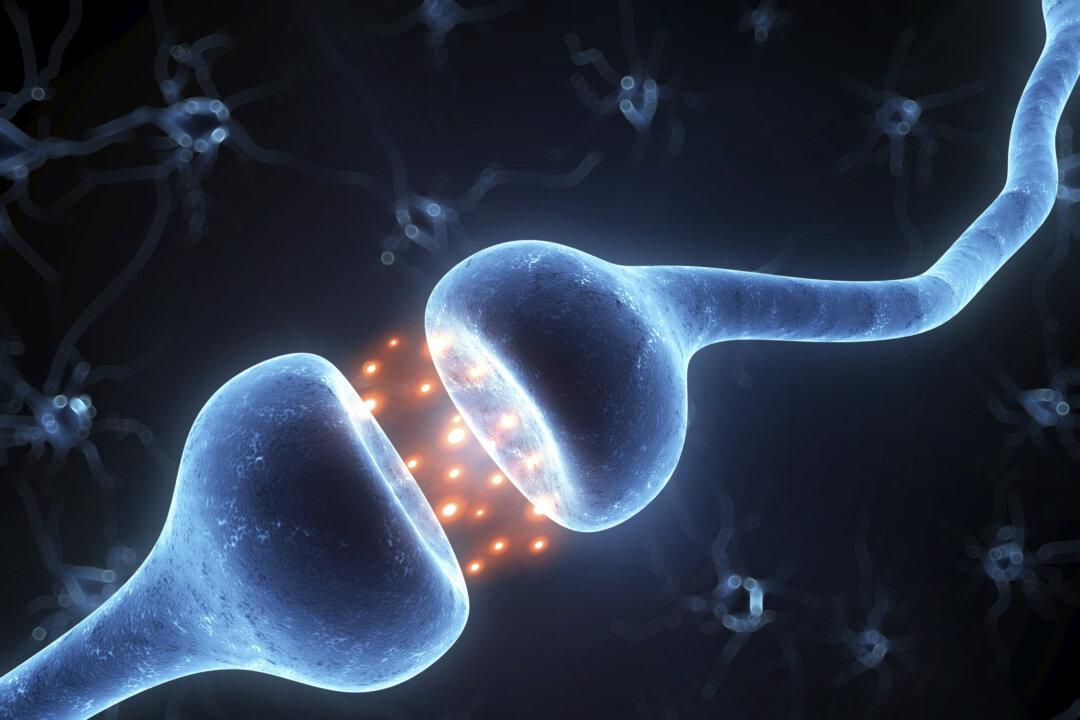A new study pinpoints the cluster of neurons that control responses called sickness behaviors.
We tend to eat, drink, and move less when we’re feeling under the weather. And we’re not alone—most animals reduce those same three behaviors when they’re fighting an infection.

